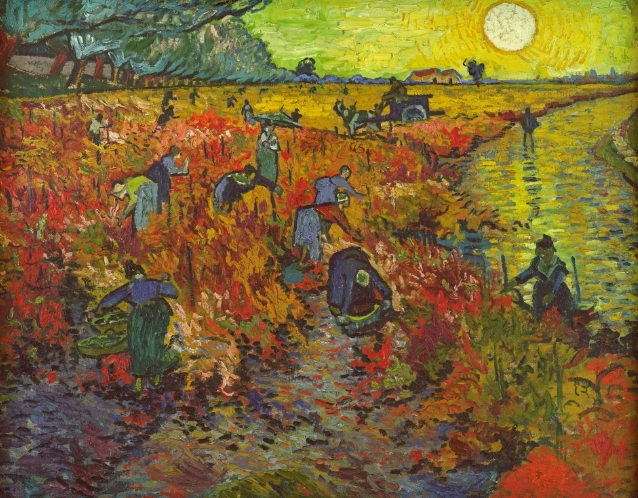Vincent Van Gogh is known for his vibrant and emotional paintings that have captivated audiences for generations. But how did this famous artist get his start? Today, we take a closer look at Van Gogh’s early work to uncover the origins of his artistic talent.
The Birth of a Masterpiece
Van Gogh’s first masterpiece is believed to be “The Potato Eaters,” a painting he completed in 1885. This work shows a group of peasants gathered around a table, illuminated by a single light source. The dark and somber tones of the painting evoke a sense of poverty and hardship, reflecting Van Gogh’s interest in portraying the lives of ordinary people.
The Influence of Realism
During this early period of his career, Van Gogh was heavily influenced by the realist movement, which sought to depict everyday life in a truthful and unembellished manner. The meticulous detail and stark realism of “The Potato Eaters” show Van Gogh’s commitment to this artistic style.
Experimentation with Style
Despite his adherence to realism, Van Gogh also began to experiment with color and brushwork in his early works. In “The Potato Eaters,” he used a dark palette to convey the drabness of the peasants’ surroundings, but he also applied paint in thick, visible strokes that added a sense of depth and texture to the painting.
The Evolution of Van Gogh’s Style
While “The Potato Eaters” marked a turning point in Van Gogh’s career, it was just the beginning of his artistic journey. Over the years, he would continue to refine his style, incorporating brighter colors and more expressive brushwork into his paintings. His later works, such as “Starry Night” and “Sunflowers,” would become some of the most iconic paintings in art history.
In conclusion, “The Potato Eaters” offers a glimpse into the early development of Vincent Van Gogh as an artist. By studying this masterpiece, we can see how his unique vision and dedication to his craft laid the foundation for the groundbreaking work that would come later in his career. Van Gogh’s ability to capture the beauty and complexity of the world around him continues to inspire artists and art lovers alike to this day.


